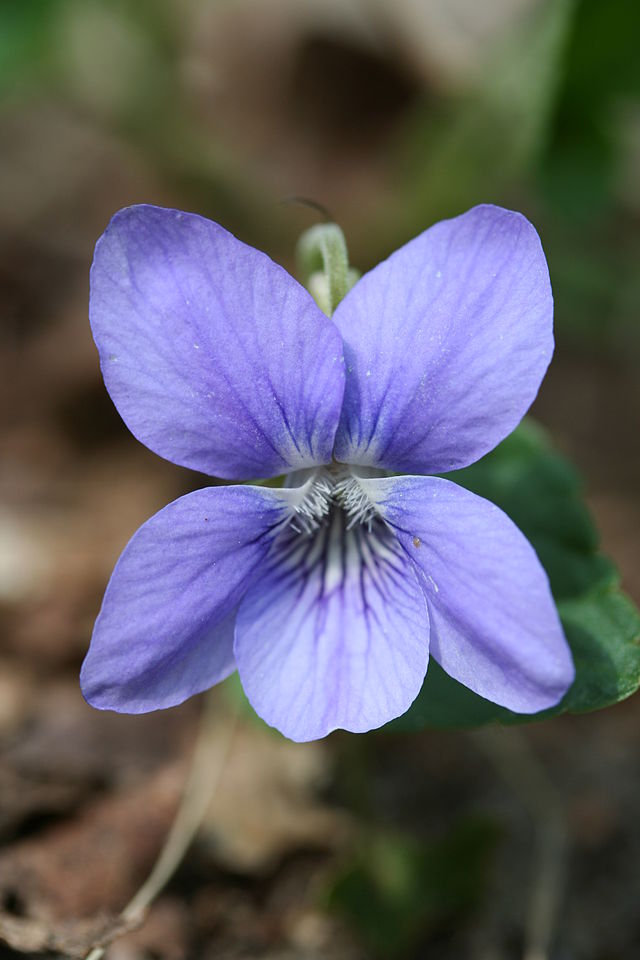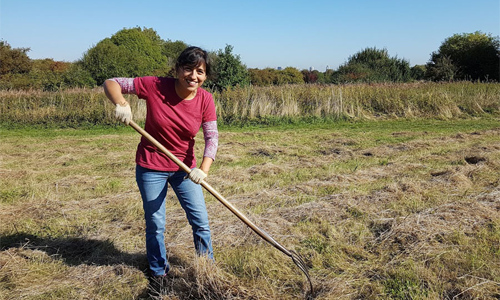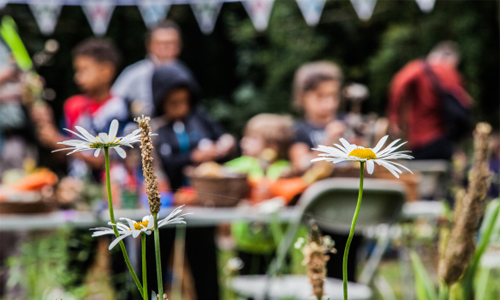Last week the SNCV were out coppicing at Ruffett and Bigwood, a large woodland nature reserve owned by the Woodland Trust, that the SNCV helps to manage. Volunteers go out to Ruffett and Bigwood around twice a year to carry out coppicing – a traditional woodland management practice.

Coppicing at Ruffett & Bigwood
Coppicing involves cutting trees or shrubs down to ground level, which helps to promote vigorous new growth from the cut stumps. Historically, coppicing was used as a method for producing regular supplies of wood, which could be used for building material, fuel and crafts. Until the end of the 19th century coppicing was still widespread as a form of woodland management over most of lowland Britain. During the 20th century, however, much of the woodland that had been traditionally coppiced was converted into farmland and developments, or left in a state of neglect.
Because coppicing has been such an integral part of woodland management over the centuries, there has been a profound influence on the plants and animals that now inhabit semi-natural woodland. Coppicing creates certain conditions that suit many species of plant, insects and birds, especially those that require more open woodland habitats. Over the last 40 years coppicing has been recognised as having many ecological benefits, as well as providing resources.

Small Pearl-bordered Fritillary (Boloria selene) © Butterfly Conservation UK
The decline of coppicing over since the end of the 19th century has meant that many species that require open-woodland habitat have suffered dramatic declines. Species that depend on woodland clearings, such as the Pearl-bordered Fritillary, Small Pearl-bordered Fritillary and Duke of Burgundy, are some of our most threatened butterflies. These species find it difficult to survive without open woodland. For example, many of the Fritillary butterflies feed on violets during their caterpillar stage, and recently coppiced areas provide the perfect environment for violets to thrive. In the absence of regular management, however, woodland canopies can gradually close up and eventually shade-out plants such as bluebells, wood anemones and dog violets.
Butterflies that depend on open woodland also benefit from being able to move between habitat patches, in order to search for feeding and mating opportunities. Coppicing should not be carried out across the whole of a woodland, or in isolated patches, but in connecting ‘coups’ (areas of coppiced trees) to create connectivity between habitats. At Ruffett and Bigwood, the SNCV have been undertaking a cyclical coppicing regime, which has not only produced a more structurally diverse woodland but a well-connected series of coups that help open-woodland species to thrive.

Common Dog-violet (Viola riviana)
Eleanor Kirby-Green
SNCV Biodiversity Assistant






